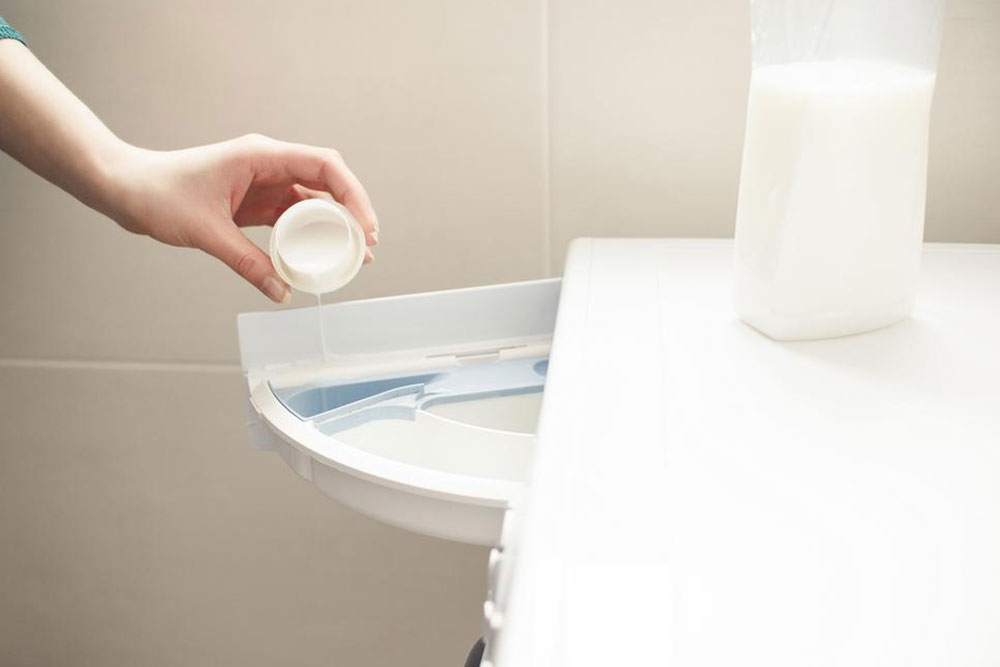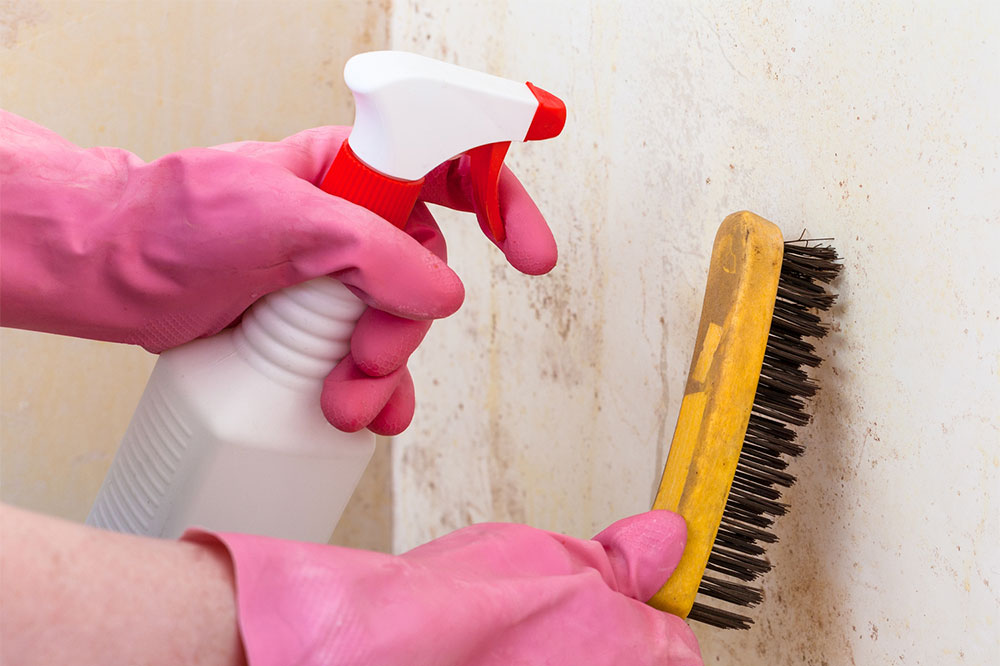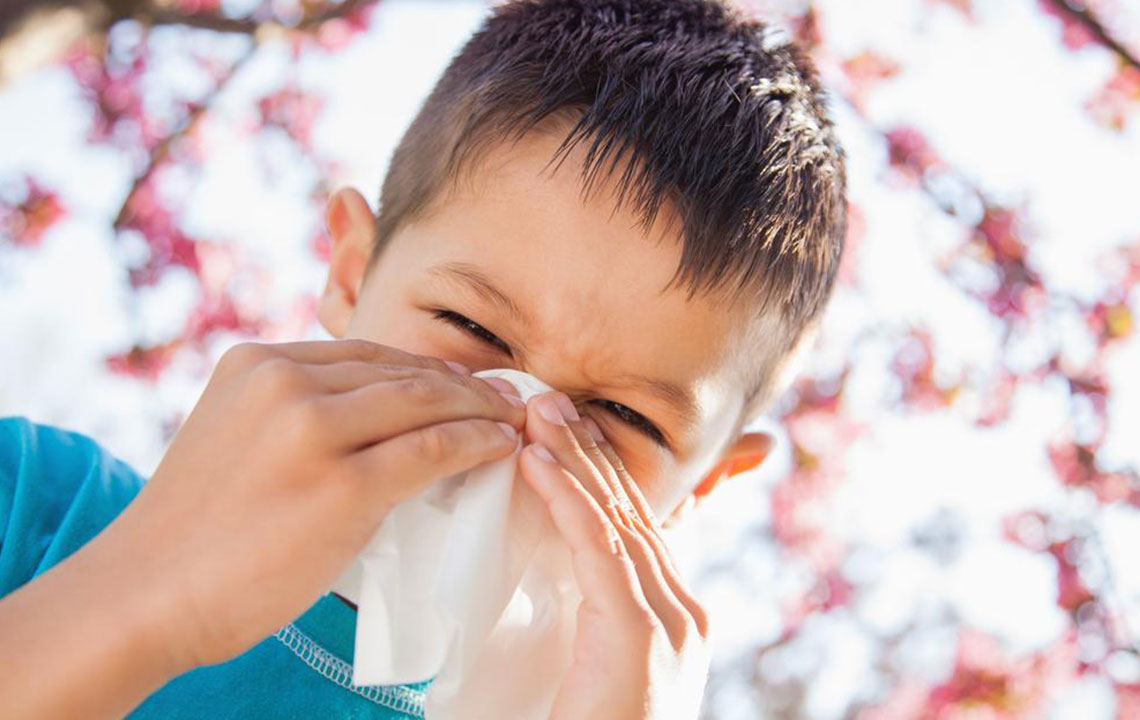Signs and Symptoms of Mold Exposure You Should Recognize
Learn to identify the common symptoms of mold exposure, including respiratory, skin, and systemic reactions. Recognizing these signs early helps in taking necessary actions to prevent serious health complications. Mold can grow indoors year-round, especially in damp areas, making awareness crucial for maintaining a healthy environment and reducing allergy risks.

Signs and Symptoms of Mold Exposure You Should Recognize
Mold thrives in humid environments, growing on damp surfaces and hidden areas like under carpets or behind walls. Indoor and outdoor mold spores can lead to various health issues, especially allergies. Mold growth can occur year-round, with allergy symptoms often surfacing from late summer to early fall. Individuals with weakened immune systems or allergies are more prone to mold reactions, which can mimic airborne allergies, but severity depends on exposure levels. Key symptoms include sneezing, itchy and watery eyes, breathing difficulties, skin irritation, fatigue, and more.
Common signs of mold allergy encompass sneezing, congestion, runny nose, and persistent coughing. Eye symptoms like redness, watering, and itchiness are frequent, often mistaken for viral infections. Respiratory issues such as chest tightness, wheezing, and shortness of breath are notable, especially in asthma sufferers. Skin irritation, rashes, tingling, and numbness can also occur. Severe cases may involve fever, fatigue, muscle pain, or cognitive disturbances like poor memory. Chronic exposure can lead to hypersensitivity pneumonitis or worsen asthma, emphasizing the need for prompt detection and mold control measures in homes.










